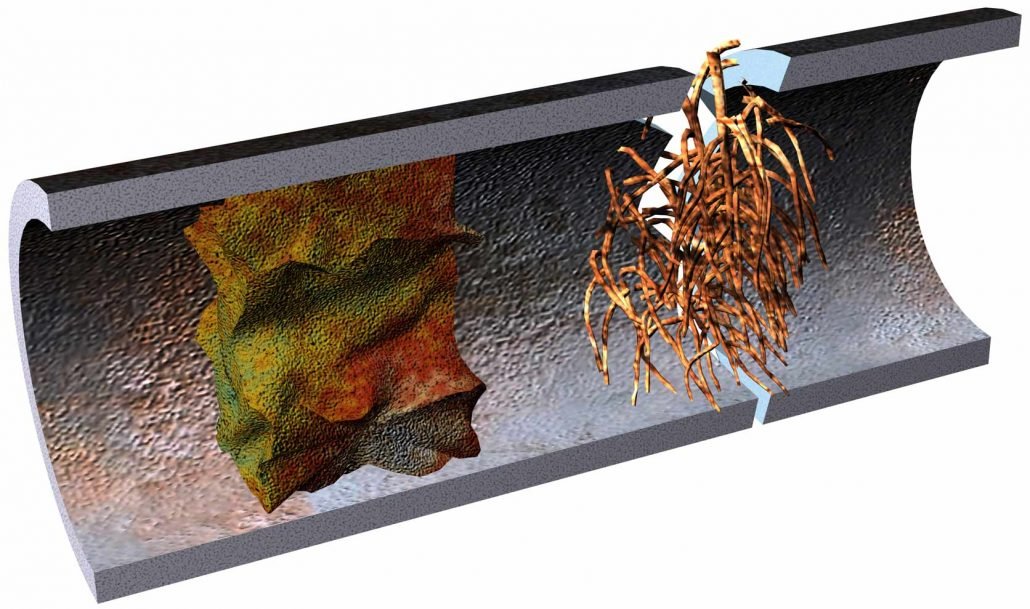What is Rooter Service? Understanding the Basics
If you’ve ever encountered a stubborn clog or slow drain, you may have heard the term "rooter service" thrown around. But what exactly is rooter service, and why is it so important for maintaining a healthy plumbing system? In this blog, we'll break down the essentials of rooter service, explain its importance, and help you understand when it might be time to call in the professionals.
The Origins of Rooter Service
The term "rooter" originates from the early days of plumbing when tree roots were a common cause of blocked sewer lines. These roots would grow into the pipes in search of water, causing significant damage and blockages. Plumbers would use specialized tools, often referred to as rooters, to cut through these roots and clear the pipes, restoring the flow of water and waste.
While modern plumbing systems have evolved, the need for rooter service remains, especially in older homes or areas with heavy vegetation.
What Does Rooter Service Involve?
Rooter service today goes beyond just cutting tree roots. It generally refers to any plumbing service that involves clearing clogs or obstructions from pipes. Here’s what typically happens during a rooter service:
Inspection: A plumber will usually start with an inspection, often using a specialized camera to look inside your pipes. This helps them identify the cause and location of the blockage.
Clearing the Blockage: Once the problem is identified, the plumber will use a rooter machine, which has a rotating blade attached to a flexible cable, to break up the blockage. The cable is fed into the pipe until it reaches the obstruction, where it then cuts through or dislodges the clog.
Flushing the Pipes: After the blockage is cleared, the pipes are typically flushed with water to remove any remaining debris and ensure everything is flowing smoothly.
Final Inspection: Some plumbers may perform a final camera inspection to confirm that the pipes are completely clear.
When Do You Need Rooter Service?
Knowing when to call for rooter service can save you time, money, and the frustration of dealing with a plumbing emergency. Here are some signs that you might need rooter service:
Slow Drains: If water is draining slowly from your sinks, tubs, or showers, it could indicate a blockage forming in your pipes.
Frequent Clogs: Persistent clogs, especially in the same location, often suggest a deeper issue in your plumbing system.
Gurgling Noises: Strange noises coming from your drains or toilets can signal a blockage in your pipes.
Backups: If water or sewage is backing up into your home, it’s a serious issue that requires immediate attention.
Unpleasant Odors: Foul smells emanating from your drains could indicate a blockage or buildup of waste in your pipes.
Why Regular Rooter Service is Important
Preventative rooter service can help maintain the health of your plumbing system, especially if you live in an area prone to tree root intrusion or have an older home with outdated pipes. Regular maintenance can prevent small clogs from becoming major issues, saving you from costly repairs down the line.
In addition, keeping your pipes clear can improve the efficiency of your plumbing system, ensuring that water and waste flow freely and reducing the risk of backups or leaks.
Final Thoughts: The Importance of Rooter Service for a Healthy Plumbing System
Rooter service is an essential part of maintaining a healthy plumbing system. Whether you're dealing with a stubborn clog, suspect tree root intrusion, or just want to ensure your pipes are in good shape, rooter service can help keep things flowing smoothly. If you’re noticing any signs of blockages or just want to schedule regular maintenance, it’s a good idea to contact a professional plumber who can provide expert rooter services.

